Blogs from the Field
A healthy future for wildlife, people, and planet.
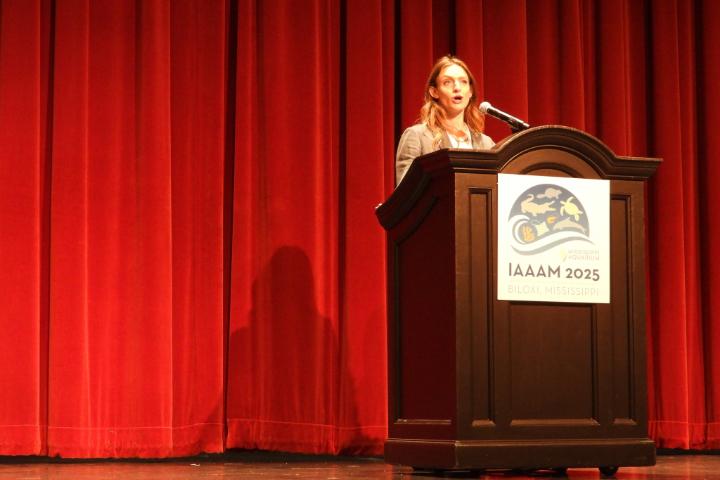
December 11, 2025
One of my primary goals during my veterinary education was to present at a professional conference to gain experience and build my network. I was able to achieve this goal by presenting at the 2025 International Association for Aquatic Animal Medicine Conference....
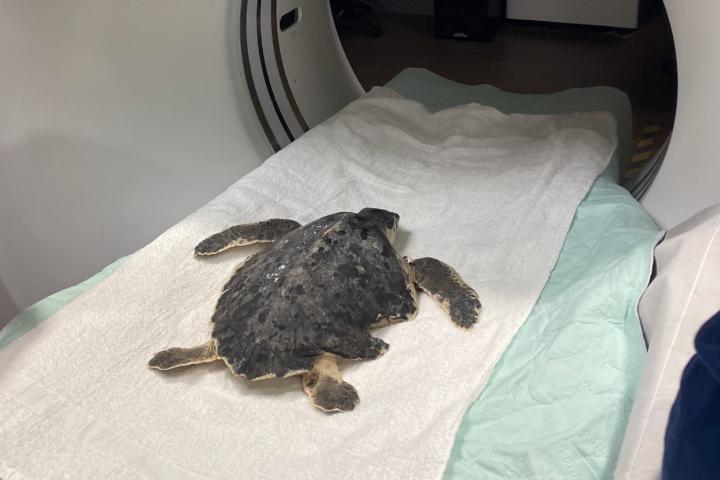
December 02, 2025
This past spring, I had the opportunity to travel to Gulfport, Mississippi, where I served as a veterinary student extern at the Mississippi Aquarium. It was my first time working at an aquarium, and I loved it....

November 24, 2025
Veterinary medicine offers a wide range of career paths and options, and one of the most interesting and often overlooked is that of a state wildlife veterinarian....
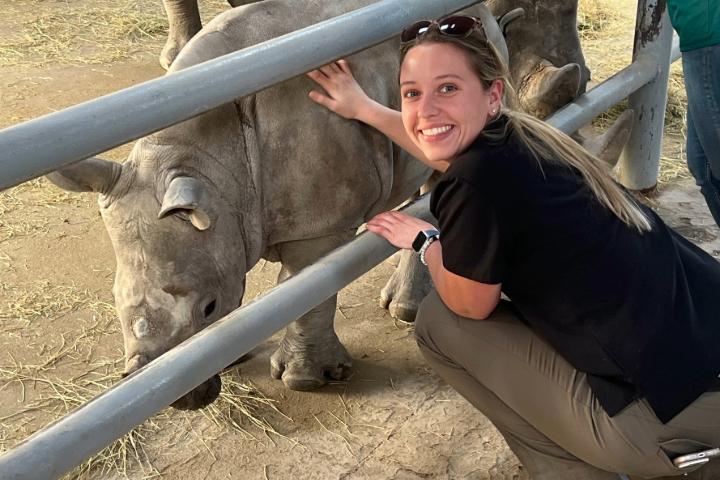
October 29, 2025
With aspirations of working as a veterinarian in a safari park, I approached the externship with the goal of gaining hands-on experience in field anesthesia and procedures performed under semi-free-ranging conditions....
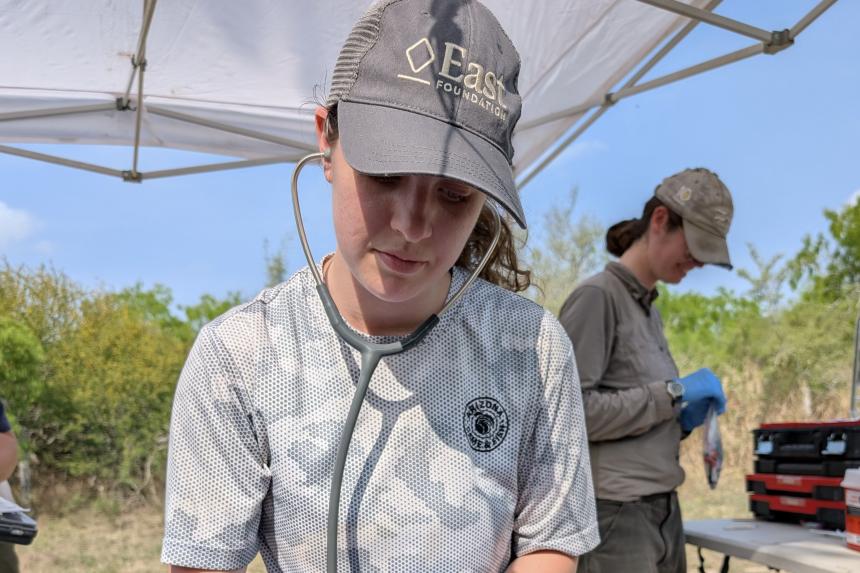
October 23, 2025
On the recommendation of Cornell’s Dr. Martin Gilbert, I reached out to Dr. Ashley Reeves, the research veterinarian for the East Foundation, a private nonprofit focused on land stewardship...

September 25, 2025
In an ever-changing society, the roles of biologists and veterinarians remain essential in the conservation of wildlife and biodiversity more broadly....
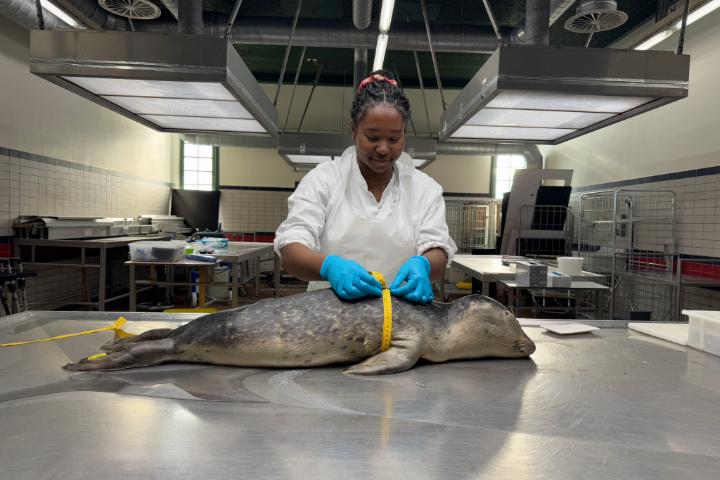
September 16, 2025
by
Victoria Priester
Every seal or porpoise that strands tells a story of the life it lived and how it died, though some findings from necropsies make more complete stories than others....
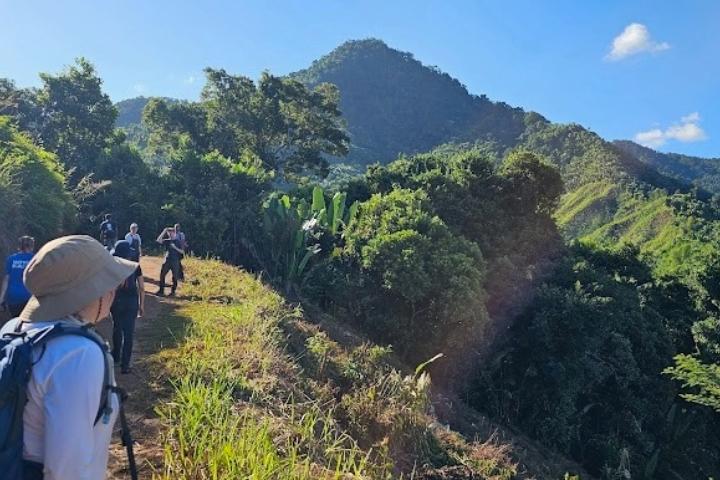
June 05, 2025
As a young child, an eager zoo camper, and later a teen volunteer at the Maryland Zoo in my hometown of Baltimore, I was always drawn to the lemurs in the zoo’s collection...
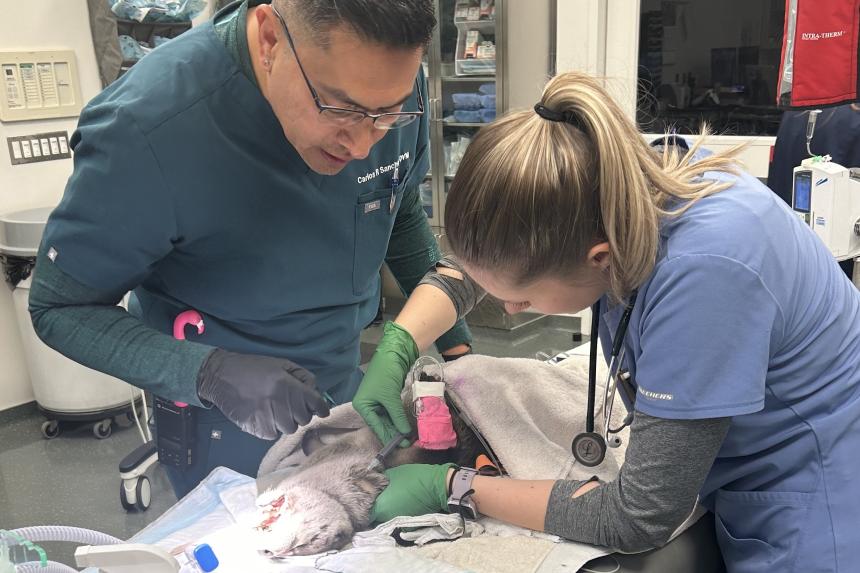
May 07, 2025
I entered veterinary school with a strong interest in pursuing a career in zoological medicine. Over the past few years, I’ve been committed to exploring various aspects of the field and making the most of the many opportunities Cornell has to offer....

September 12, 2024
I have always been passionate about wildlife conservation and have been pursuing that career path throughout my veterinary studies. I have used most of my school breaks to go abroad and gain clinical experiences working with a variety of endangered species (notably in South Africa, Costa Rica and my most recent trip to Namibia)....
